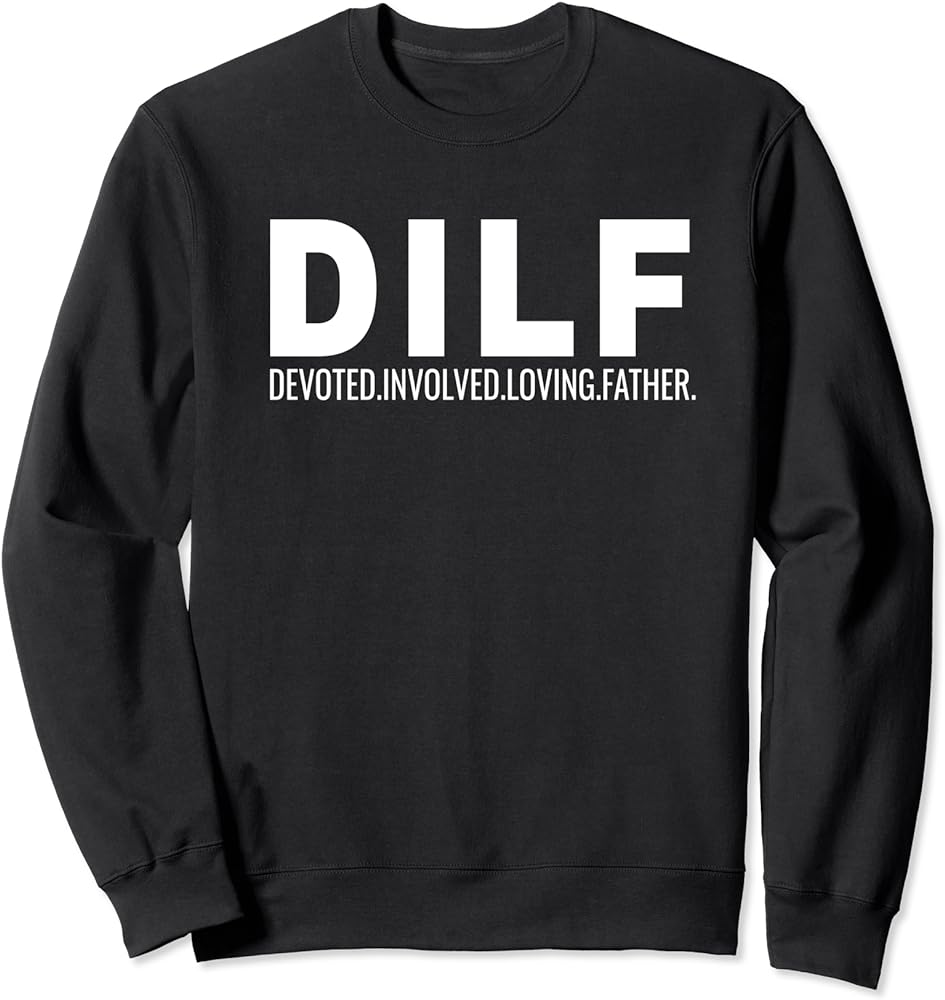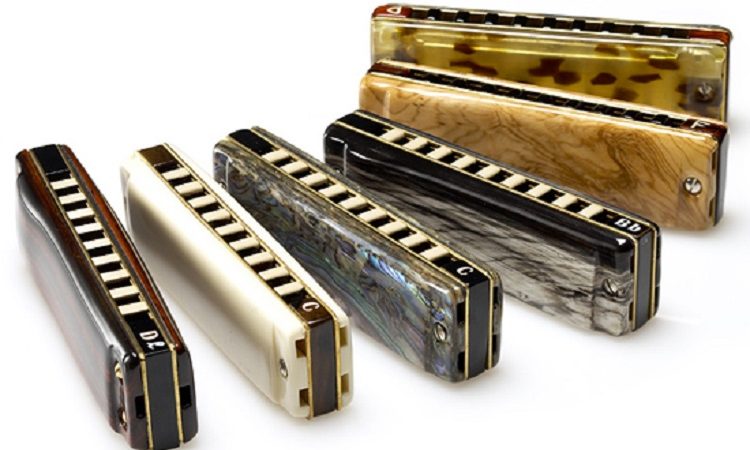What is a DILF?

In contemporary slang, a “DILF” stands for “Dad I’d Like to Fuck.” The term emerged as a counterpart to “MILF” (“Mom I’d Like to Fuck”), reflecting a shift in popular culture where mature, often family-oriented men are perceived as sexually attractive. The acronym DILF is generally used humorously or informally to describe fathers who are considered physically attractive or sexually desirable, often due to their maturity, confidence, and the responsibilities associated with fatherhood. The phenomenon is a blend of changing social attitudes towards aging, evolving gender dynamics, and the influence of media representations of fatherhood.
Historical and Cultural Context
The Evolution of Parental Appeal
Historically, the idea of a parent being sexually attractive wasn’t commonly highlighted in mainstream discourse. Parenthood, especially fatherhood, was traditionally viewed through the lens of responsibility, authority, and sometimes rigidity. However, as societal views on gender roles and attractiveness have evolved, so too has the perception of what makes someone desirable. The rise of the DILF concept signifies a broader cultural acceptance of diverse expressions of attractiveness, including those found in older, more mature individuals.
Media Influence
The portrayal of father figures in media has significantly contributed to the DILF phenomenon. Television shows, movies, and social media have increasingly depicted fathers in a more relatable and attractive light. Characters like Phil Dunphy from “Modern Family” or Jack Pearson from “This Is Us” combine elements of traditional fatherly roles with modern sensibilities, presenting a blend of reliability, emotional intelligence, and physical attractiveness. This media representation helps shape and reflect societal attitudes, reinforcing the appeal of the DILF archetype.
Characteristics of a DILF
Physical Attractiveness
Physical appearance plays a crucial role in the DILF concept. This can include traits typically associated with maturity such as a well-groomed beard, a fit physique, and a sense of style that reflects confidence and sophistication. The physical appeal of a DILF is often intertwined with a sense of self-assuredness that comes with age and experience.
Emotional Maturity
Emotional maturity is a significant component of the DILF allure. This encompasses traits like patience, wisdom, stability, and the ability to navigate complex emotional landscapes. An emotionally mature man often exudes a sense of security and reliability, which can be very attractive.
Parental Competence
A key element of the DILF appeal is competence in parenting. Being a good father who is actively involved in their children’s lives, showing care and responsibility, enhances their attractiveness. This competence reflects a nurturing side that is appealing on both emotional and practical levels.
Confidence and Stability
Confidence and stability are hallmarks of the DILF archetype. A confident, stable man who is comfortable in his own skin and secure in his life roles can be incredibly attractive. This stability often translates into a strong, dependable partner who offers emotional and practical support.
The DILF in Popular Culture
Celebrity DILFs
The celebrity world is rife with examples of DILFs who embody the qualities that make this archetype appealing. Figures like David Beckham, Idris Elba, and Ryan Reynolds are often cited as prime examples. These celebrities are not only physically attractive but also publicly embrace their roles as fathers, showcasing their family lives in a positive light.
Television and Film
Television and film have played significant roles in popularizing the DILF concept. Characters like Peter Parker in the later Spider-Man series or Michael Kyle from “My Wife and Kids” balance fatherhood with attractiveness and a relatable personality. These characters often challenge traditional notions of masculinity by combining strength with vulnerability, further enhancing their appeal.
Social Media
Social media platforms like Instagram and TikTok have become spaces where the DILF phenomenon thrives. Fathers sharing their parenting experiences, fitness routines, and everyday lives can amass large followings. The hashtag #DILF often accompanies posts that highlight a father’s attractiveness and parental involvement, creating a community that celebrates this modern archetype.
The Psychological Appeal of the DILF
The Allure of Experience
One psychological aspect of the DILF’s appeal is the allure of experience. Mature men are often seen as having a wealth of life experiences that can make them more interesting and appealing. This experience often translates into a more nuanced understanding of relationships, making them potentially better partners.
Stability and Security
The perceived stability and security that come with maturity are significant factors in the DILF’s attractiveness. Many people find the idea of a stable, secure partner appealing, as it suggests a dependable and nurturing relationship dynamic.
Role Reversal and Evolving Gender Norms
The DILF phenomenon also reflects changing gender norms and role reversals. Traditionally, older men have sought younger partners, but the DILF concept flips this dynamic, highlighting the attractiveness of older men to younger people. This shift is indicative of broader changes in societal attitudes towards age and gender roles.
Societal Implications
Challenging Ageism
The popularity of the DILF archetype challenges ageist attitudes that often devalue older individuals. By celebrating the attractiveness of mature men, it promotes a more inclusive view of desirability that spans different ages.
Redefining Masculinity
The DILF phenomenon contributes to redefining masculinity. It challenges the notion that men must adhere to youthful, hyper-masculine ideals to be attractive. Instead, it embraces a form of masculinity that includes maturity, emotional intelligence, and active parenting.
Impact on Fatherhood
The rise of the DILF also has implications for how fatherhood is perceived. It highlights the positive aspects of being an involved, caring father, potentially encouraging more men to embrace these roles. This shift can lead to more engaged and emotionally present parenting, benefiting families and children.
Criticisms and Controversies
Objectification
One criticism of the DILF concept is that it can lead to the objectification of men. While it celebrates attractiveness in older men, it can also reduce them to their physical and parental attributes, neglecting the complexity of their identities.
Reinforcing Stereotypes
Another criticism is that the DILF phenomenon might reinforce certain stereotypes about gender roles. While it celebrates involved fatherhood, it can also perpetuate the idea that men are primarily valued for their physical attractiveness and their ability to provide stability.
Exclusion of Diversity
The DILF archetype often lacks diversity in its representation. Media portrayals and societal perceptions tend to focus on a specific type of father—typically white, middle-to-upper class, and heterosexual—excluding a wide range of experiences and identities.
Conclusion
The term DILF represents more than just a colloquial expression of attraction; it signifies a broader cultural shift in how we perceive age, attractiveness, and gender roles. By celebrating the appeal of mature, involved fathers, the DILF phenomenon challenges traditional notions of desirability and highlights the multifaceted nature of modern masculinity. However, it also raises important questions about objectification, stereotypes, and inclusivity that merit further reflection. Ultimately, the DILF concept underscores the evolving landscape of attraction and relationships in contemporary society, reflecting both progress and ongoing challenges.
4o





